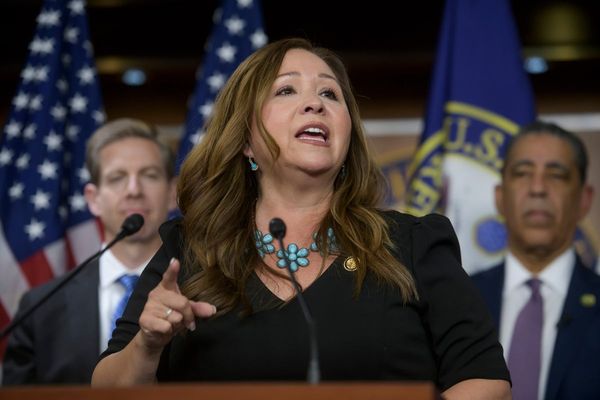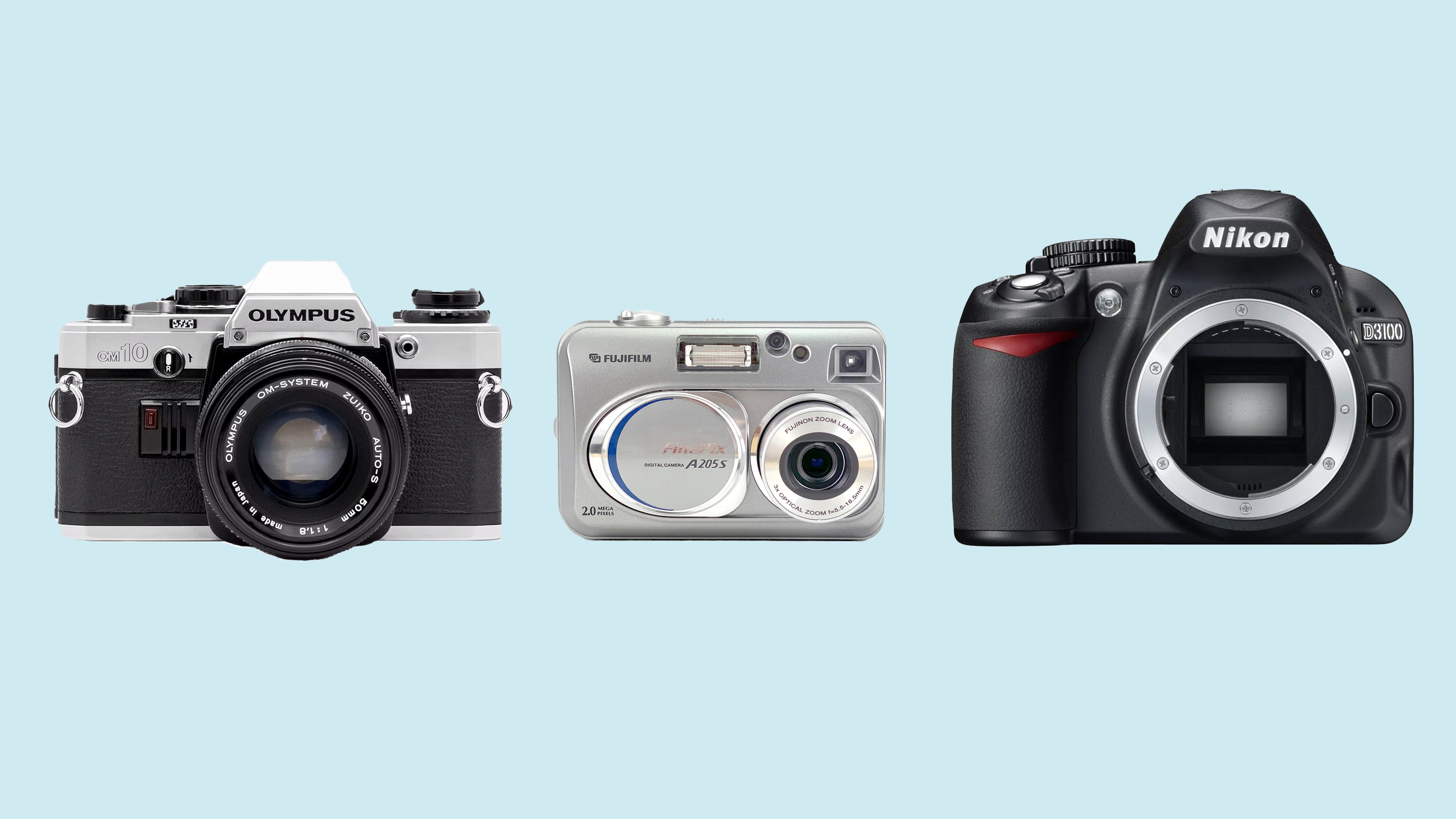
Capturing the world through your own lens is exciting, and most of us probably didn't realize how the small step of holding a film camera, a DSLR or a compact camera for the first time would turn into a lifelong passion – or even a career – now probably spend behind a mirrorless camera.
So, who remembers holding their very first camera? It's one of those moments that sticks with you – when specs and technical details often took a backseat, as the thrill of photography took center stage.
I asked our Digital Camera World team to take a walk down memory lane and share the stories about their first-ever camera. As you'd expect, we all started our photography journeys at different times and ages. Some began with analog film cameras, others with early digital models, so the variety is wide.
At the end of the day, those cameras lit the spark in us and started our journeys into the world of photography.
Of course, camera technology has evolved dramatically over the years. Many features we take for granted today – like face detection, in-body stabilization or high-resolution EVFs didn't exist back then. And we're grateful for today's innovations, but there's something charming and irreplaceable about those early models.
From fixed-focus lenses that left little room for creativity to rear LCDs that felt more like guesswork than guidance – and the occasional gem that somehow just worked – our first cameras had plenty of character. Let's take a look back at the gear that got us started…
Olympus OM-10

"My parents gave me my first proper camera, the Olympus OM-10, as a 17th birthday present. This 35mm SLR was designed to be simple and small, and only offered you aperture priority exposure out of the box (if you wanted manual mode, you had to buy an accessory dial that plugged into the front).
"For my first year, all my photos were taken with a 50mm kit lens, and were all shot at ISO64 (on Kodachrome slide film). It is a simplicity of approach that served me well, helping me win a national photo competition just before my 18th birthday.
"The prize was a Fujica AX-3, another 35mm SLR, which I used alongside my OM-10 throughout my student days (with the ingenious Tamron Adaptall-2 system, meaning I could use my 28mm and 200mm lenses on both bodies)."
Canon AE-1
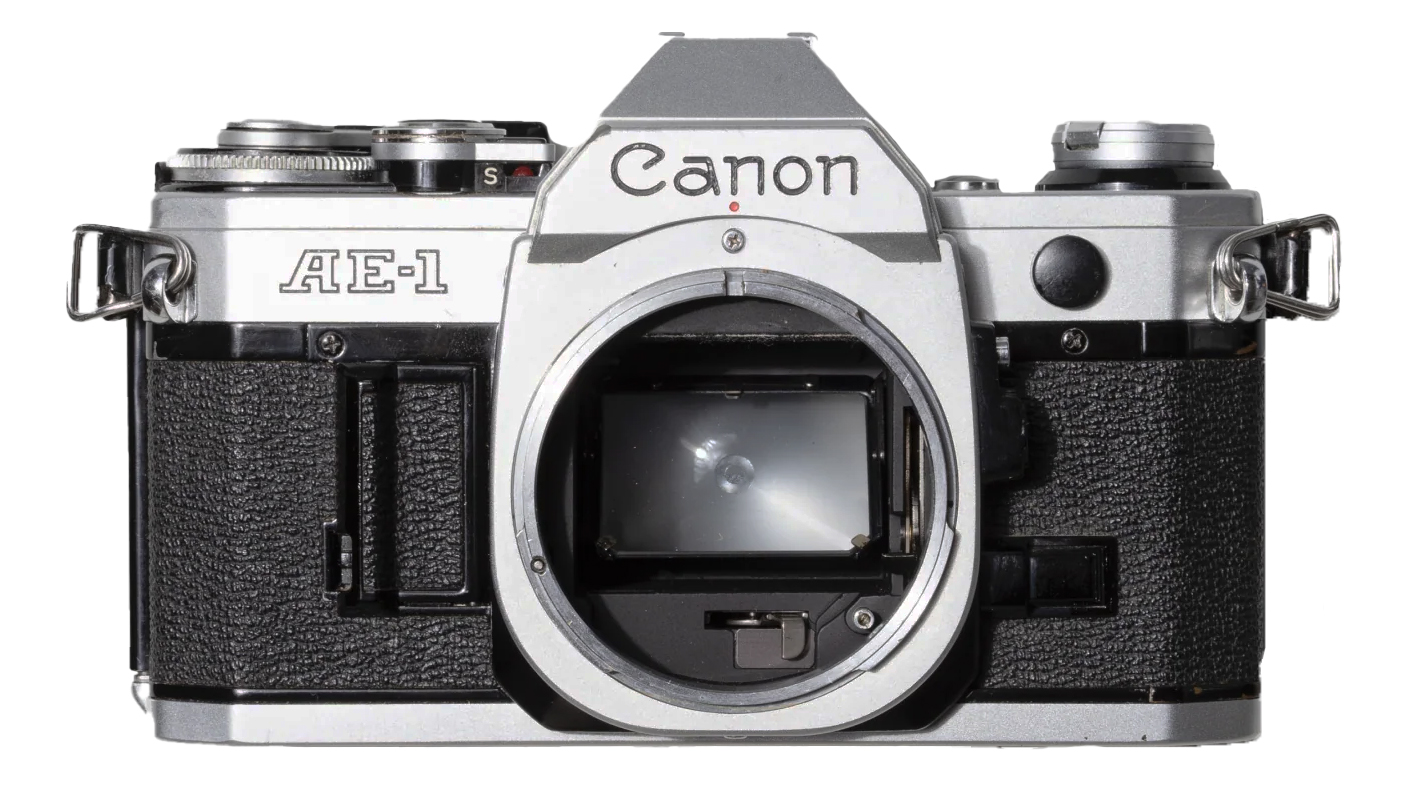
"Like many folks of a certain age, my first proper camera (discounting a couple of 110 vacation cameras like the Kodak Ektralite 400) was a Canon AE-1, which I still own. It came with an FD 50mm f/1.8 lens and a third-party zoom – and from day one, I was far more interested in primes than zooms (perhaps not helped by the "twist and trombone" mechanism on the zoom I had!).
"Manual focus felt like magic to me, and seeing an image emerge from haze into sharpness through that viewfinder still feels like the purest essence of photography. That said, I never had a romantic relationship with the film process. I know people feel all nostalgic about it today, but dealing with negatives and processing was always a pain in the bum – I couldn't be happier that digital is here to remove that step!
"I am, however, grateful for the discipline that film instilled in me; to this day, I still try to shoot as if I'm using a roll of film so I'm not firing hundreds of needless frames.
"The biggest thing I'm grateful for in modern cameras is the WYSIWYG factor of electronic viewfinders. Getting your head around exposure – and not knowing if you'd got it right until your film came back – was the biggest barrier to learning photography. Live view makes the art so much more accessible these days… especially as my eyesight gets worse!"
Olympus Trip
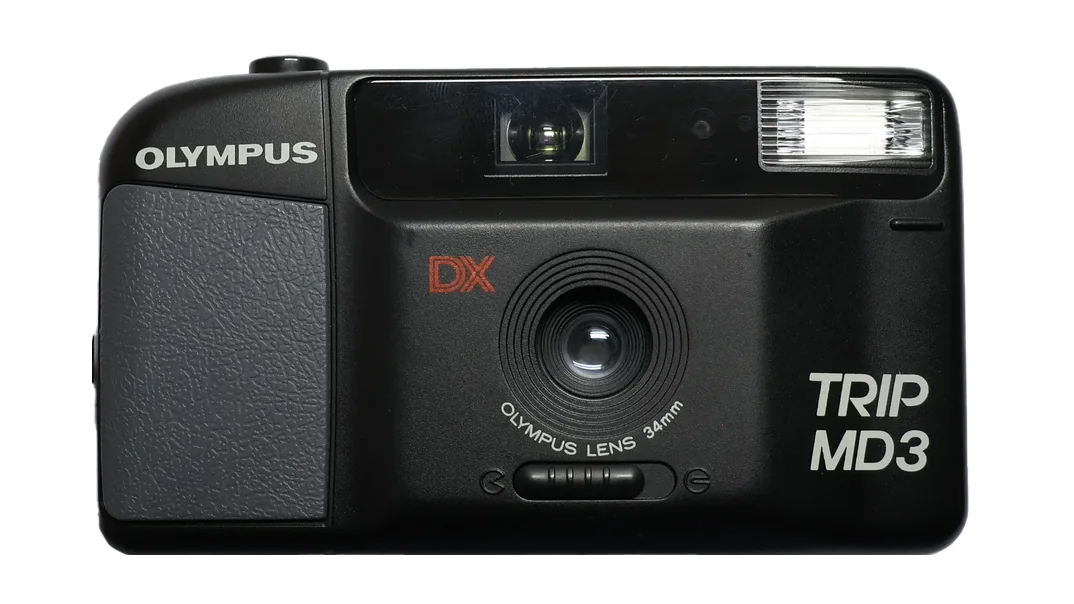
"My first camera (that I can remember, anyway) was an Olympus Trip, a black plastic camera that you put 35mm film in.
"I remember it feeling pretty unimpressive next to my dad's Pentax SLR with plenty of metalwork in the body, but even at the time I liked that I didn't need to waste time attaching a flash or fiddling with lenses (the purpose of which I didn’t understand other than to delay family occasions).
"Because it had nothing more than a simple in-built fixed-focus lens, though, I was always jealous of – and can be grateful for – zoom, let alone other features!"
Fujifilm FinePix A205S (maybe)

"If we disregard the plethora of disposable cameras I churned through as a child, my first 'proper' camera was a Fujifilm FinePix. But sadly, I no longer have it and can't quite remember the model.
"What I do remember is that it was 2MP, had a sliding shield to cover the lens and a yellow jack input. As such, my best guess is the Fujifilm FinePix A205S Zoom. I loved this chunky CCD compact because it was digital! Every camera I'd used up until that point had been film, but my Fuji looked like it had been spat out of a Star Trek replicator.
"In retrospect, the headache-inducing rear LCD was impractically small and low-res. Still, this was my entry point into the world of photography and a great little companion until I upgraded to a Canon PowerShot – of which the model also escapes me!"
Nikon D3100
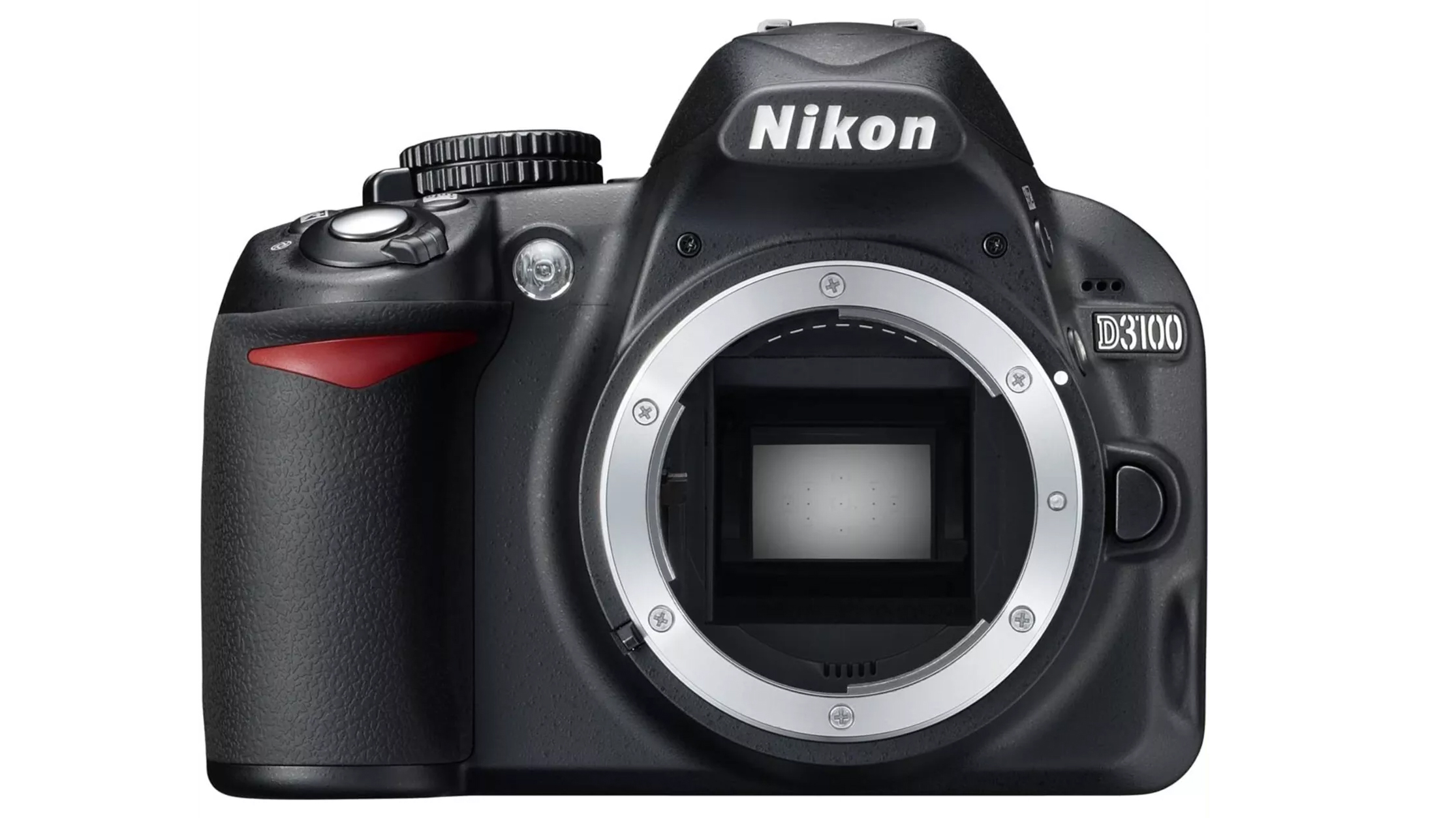
"Aside from using my parents' older film cameras, my first camera was the Nikon D3100, a budget DSLR. It was an ideal entry point into photography as it gave me enough creative freedom to explore the medium while being user-friendly and lightweight.
"Interchangeable lenses enabled me to find my preferred focal length, and after a lot of trial and error the full manual mode helped me master the exposure triangle.
"I'm truly finding it difficult to find a negative about the camera when I was using it at the time, but when compared to modern cameras the low light performance would not cut it today. When used above ISO800, the digital noise would start to become apparent and could have really benefited from today's higher ISO capabilities – a feature in modern mirrorless cameras that we now often take for granted."
You might like...
If you want to combine the classic style with modern technology, check out our guide to the best retro cameras and best vintage lenses.



